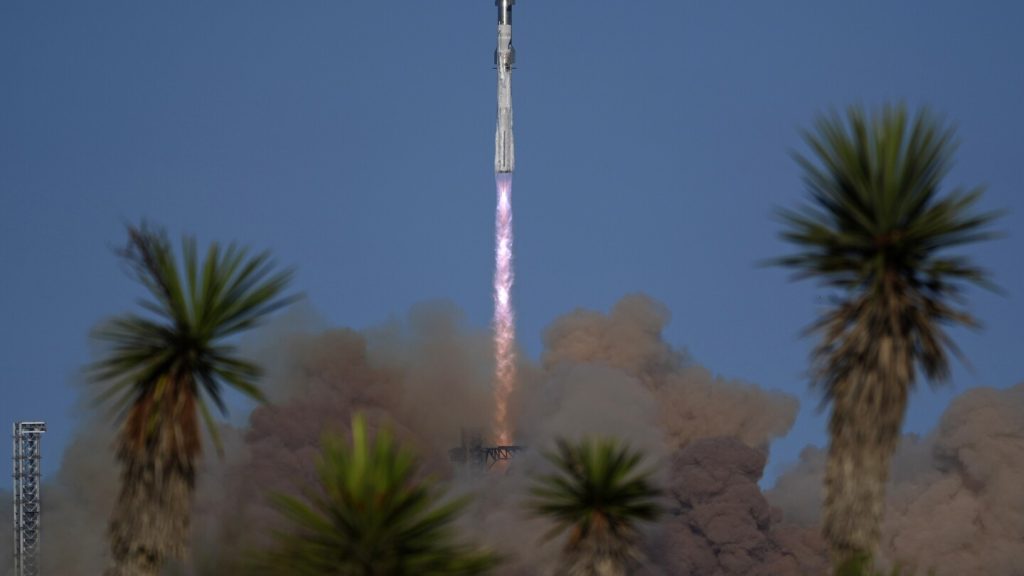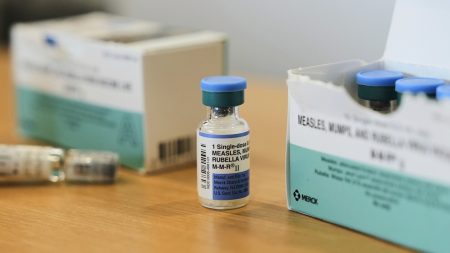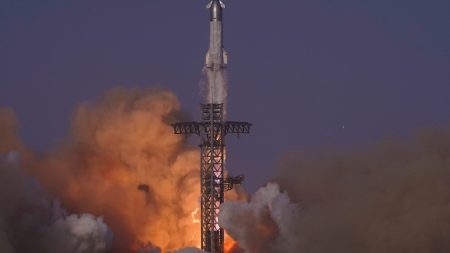SpaceX embarked on its sixth test flight of Starship, the world’s largest and most powerful rocket, on Tuesday, marking another significant stride in the company’s ambitious pursuit of reusable spacecraft technology. While the launch itself was successful, the mission diverged from the intended plan, foregoing the dramatic booster catch attempted during the previous test flight. Instead, the booster stage was directed to splash down in the Gulf of Mexico after a communication failure with the launch tower computer. This decision, made just minutes into the flight, underscores SpaceX’s unwavering commitment to prioritizing safety and data collection, even in the face of challenging technical hurdles. Despite this deviation, the test flight yielded valuable insights and achieved several key objectives, paving the way for future iterations and advancements of the Starship program.
The spacecraft segment of Starship performed admirably, mirroring the flight path of the previous test in October. After separating from the booster, the spacecraft embarked on a near-circumnavigation of the globe, skimming the edge of space before ultimately splashing down in the Indian Ocean. This controlled, albeit destructive, descent provided crucial data on the vehicle’s performance during atmospheric re-entry. One notable achievement of this test flight was the successful ignition of one of the spacecraft’s engines in space, a critical maneuver required for future missions returning from orbit. This accomplishment demonstrated the engine’s functionality in the vacuum of space, validating a crucial aspect of Starship’s design and operation.
Furthering the experimental nature of the mission, SpaceX incorporated several novel tests into the flight profile. These included thermal protection experiments, focusing on areas of the spacecraft intentionally stripped of heat tiles. This approach allowed engineers to assess the feasibility of using catch mechanisms in these areas during future booster recovery attempts. Additionally, the spacecraft executed a nose-first descent during the final phase of re-entry, before flipping upright for splashdown, a maneuver designed to test various aerodynamic and control systems. These tests, coupled with the vast amounts of data collected throughout the flight, provide a treasure trove of information that will inform future Starship development and refinements.
Adding a political dimension to the launch, President-elect Donald Trump attended the event, further solidifying the growing relationship between the incoming administration and Elon Musk, SpaceX’s founder and CEO. This high-profile presence highlighted the national significance of Starship and its potential to reshape the landscape of space exploration. Trump’s attendance also underscores the increasing intertwining of private space ventures with national interests, a trend that’s likely to accelerate in the coming years as SpaceX and other private companies play larger roles in human spaceflight and exploration.
SpaceX’s ultimate goal for Starship is full reusability, enabling both the booster and spacecraft segments to return and be reflown, much like the company’s Falcon rockets. This approach promises to dramatically reduce the cost of space travel, making missions to the Moon and Mars more economically viable. By recovering and reusing both stages of the rocket, SpaceX aims to drastically cut down on manufacturing costs and turnaround time between launches, accelerating the pace of space exploration and opening up exciting new possibilities for scientific discovery and human settlement beyond Earth. The success of Falcon rocket reusability serves as a compelling model for Starship’s future, demonstrating the potential of this approach to revolutionize access to space.
NASA has invested heavily in Starship, awarding SpaceX a contract exceeding $4 billion to develop a lunar lander variant for the Artemis program. This partnership aims to return astronauts to the lunar surface later this decade, leveraging Starship’s immense payload capacity and powerful engines. Beyond the Moon, Musk envisions Starship as the key to establishing a self-sustaining city on Mars, a long-held ambition that drives much of SpaceX’s innovation. This ambitious vision positions Starship as not just a rocket, but a crucial stepping stone towards humanity’s multi-planetary future. Each test flight, successful or otherwise, brings SpaceX closer to realizing this audacious goal, pushing the boundaries of space technology and inspiring a new generation of space explorers.










